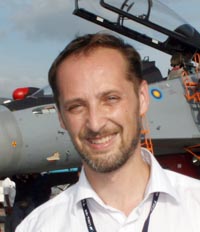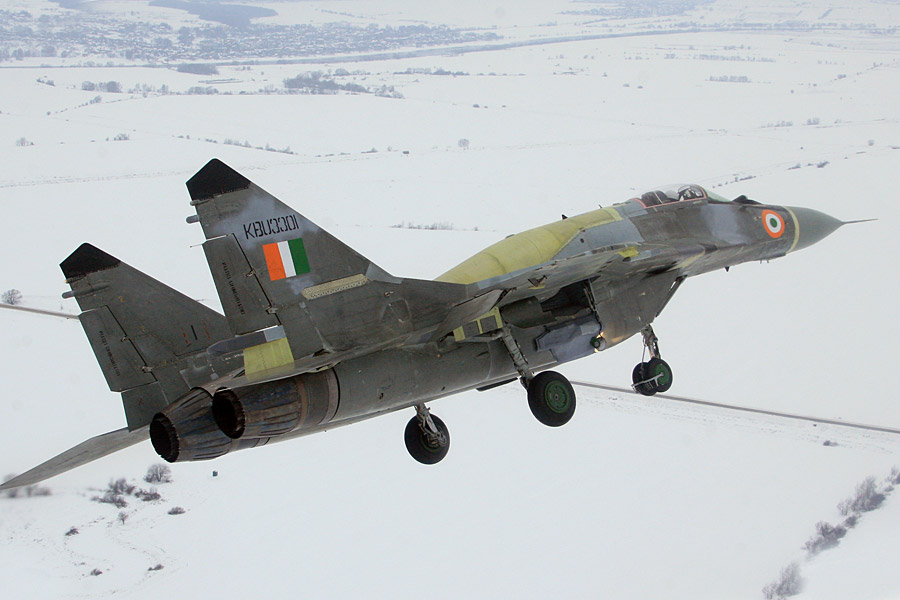|
Today, the Su-30MKI two-seat supermanoeuvrable multirole fighter fleet is the trademark of the Indian Air Force and its most sophisticated combat planes in service. To date, the Russia’s Irkut corporation has supplied IAF with over 50 fly-away aircraft of the type and India’s HAL corporation has been licence-producing the Su-30MKI since 2004, with the licence production to last until 2014 at the least.
|
The first Indian Air Force (IAF) upgraded MiG-29UPG fighter made its maiden flight on 4 February 2011 in Zhukovsky. The upgrade is being handled by the MiG corporation under the contract awarded in March 2008. The contract stipulates integrated upgrade of the whole MiG-29 fleet in service with IAF. Overall, 62 aircraft will be upgraded, including several two-seat combat trainers. They will be given the latest avionics and advanced weapons. In addition, airframe and powerplant improvements will extend their service life considerably, with the planes transitioning to on-condition maintenance.
|
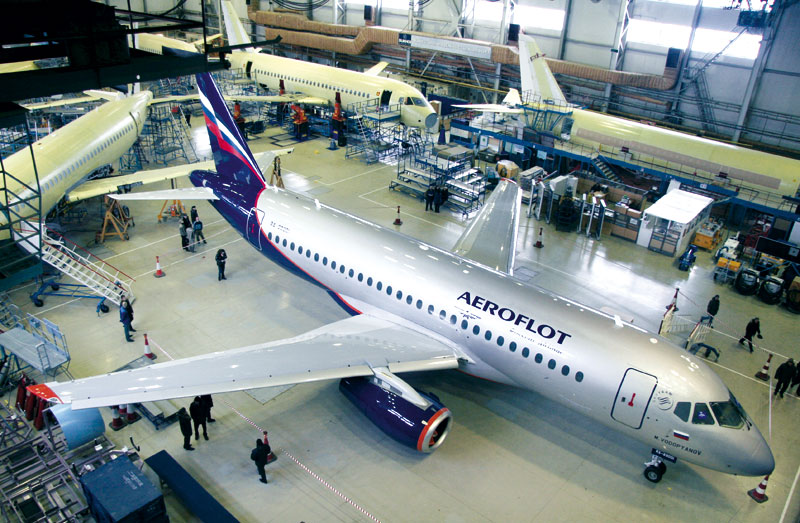 On 3 February 2011 the developer of advanced Russian regional airliner Sukhoi SuperJet 100 has got the long-awaited document – the Type Certificate, which issued by the Interstate Aviation Committee’s Aircraft Registry on 28 February 2011. The SSJ100’s certification tests had been complete before the New Year’s Day, with the certification paperwork being handled throughout January. On 3 February 2011 the developer of advanced Russian regional airliner Sukhoi SuperJet 100 has got the long-awaited document – the Type Certificate, which issued by the Interstate Aviation Committee’s Aircraft Registry on 28 February 2011. The SSJ100’s certification tests had been complete before the New Year’s Day, with the certification paperwork being handled throughout January.
|
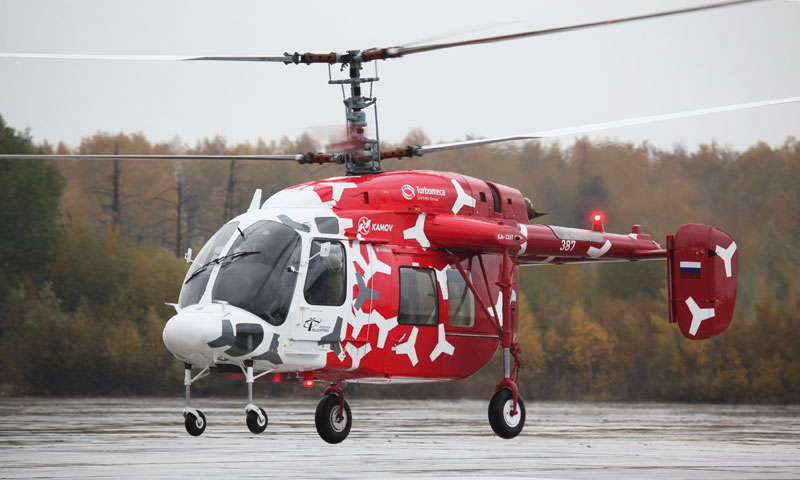
Due to some experts, Kamov Ka-226T light multipurpose helicopter became one of the main favourites in Indian tender for replacing obsolete HAL Cheetah and Chetak helicopters in the Indian Army Aviation’s and Air Force’s inventories. Kamov company, a subsidiary of the Russian Helicopters holding, participates in the tender since 2008.
|
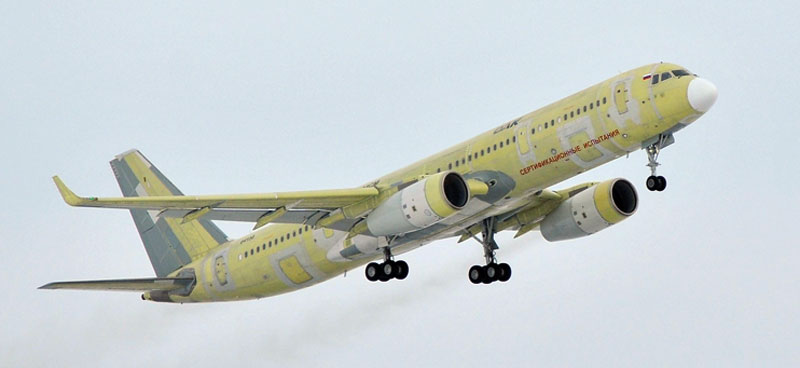
29 December 2010 saw the maiden flight of an advanced Russian airliner, a prototype of the heavily upgraded Tupolev Tu-204SM medium-haul airliner, from the airfield of the Aviastar-SP close corporation in Ulyanovsk. The first 52-min. flight of the aircraft with c/n 64150 was conducted by pilot Victor Minashkin and co-pilot Denis Vyazankin with lead test engineers Vladimir Salatov and Vladimir Filimoshkin also onboard. All of the systems operated normally and reliably on the first flight.
|
|
|
|
|
<< Start < Prev 31 32 33 34 35 36 37 38 39 40 Next > End >>
|
